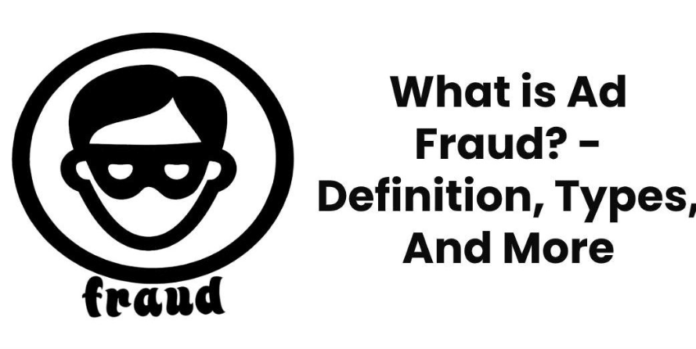It seems like more people are getting drawn into ad fraud. Whether it’s from cybercriminals or from a simple misunderstanding of the meaning of the term, it’s costing businesses a lot of money. Ignore it at your own peril. Or at least that price of some major chunk of your advertising budget.
What exactly is a fraud? in what contexts does it mainly take place? What are the common costs associated with web traffic generated by different means? And what is the risk-cost ratio of ad fraud calculated for businesses by the Association of Independent Publishers (AIP) and others? Read on to learn the answers to all these questions, as well as what’s being done about it right now.
Web traffic, also known as web site traffic, or IP addresses, are numbers that identifies where a visitor comes in from and which page on the Internet they originally came in from. The IP addresses are randomly assigned to each user of the Internet and a session is typically assigned to a computer system. Web sites can send and receive communications through these IP addresses. A great example of this is an e-mail address or website. Web traffic can be generated from advertising programs or even just embedded in content on a website.
Most people associate digital ad fraud with the rampant use of bots, or automated software programmed to buy large blocks of targeted ads, but in fact it applies to much more than just those nefarious programs. It’s not just using software tools to run advertising campaigns either. Companies can use a variety of techniques to generate web site traffic. These include but are not limited to, manual search engine optimization, writing content for websites, or publishing press releases to promote new companies or products. There are actually thousands of methods that digital ad fraudsters use to generate web site traffic and sell it to advertising companies.
Even though this type of advertising is rampant on the Internet today, it’s important to educate yourself about the many ways it can be avoided. The first thing you should do when you suspect that someone might be using invalid traffic is to find some sort of common sense program to help you test your systems for digital ad fraud. Most of the digital ad fraud that occurs today happens because the Internet is a highly volatile environment. Changes in the search engines, advertising programs and ways to reach websites are constantly changing. As a result, it is extremely easy to create a false impression of who your customers are if you are not careful. You should try to avoid creating this impression by paying attention to the way your web site is being ranked, particularly in the major search engines.
You may also want to make sure your website has up to date links and content. If your website has been around for a few years, you may want to consider purchasing buzzed so that you will be able to test your link building efforts. In order to make your website more search engine friendly, you may also want to try an affordable list building service like buzzed. With these simple steps, you can reduce your chances of being a victim of digital ad fraud. You should always monitor your web site for changes in advertising practices and methods and take action if any seem to be occurring.








